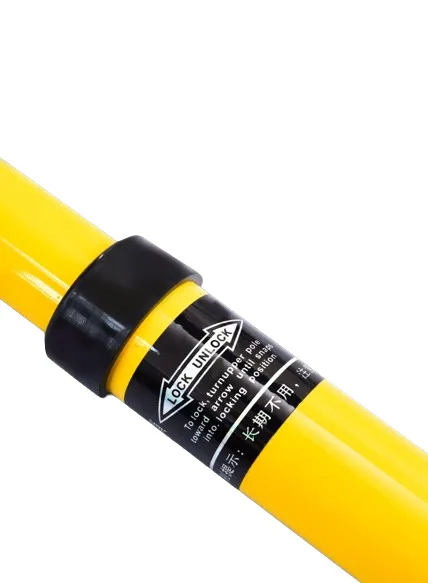
-
 Afrikaans
Afrikaans -
 Albanian
Albanian -
 Amharic
Amharic -
 Arabic
Arabic -
 Armenian
Armenian -
 Azerbaijani
Azerbaijani -
 Basque
Basque -
 Belarusian
Belarusian -
 Bengali
Bengali -
 Bosnian
Bosnian -
 Bulgarian
Bulgarian -
 Catalan
Catalan -
 Cebuano
Cebuano -
 Corsican
Corsican -
 Croatian
Croatian -
 Czech
Czech -
 Danish
Danish -
 Dutch
Dutch -
 English
English -
 Esperanto
Esperanto -
 Estonian
Estonian -
 Finnish
Finnish -
 French
French -
 Frisian
Frisian -
 Galician
Galician -
 Georgian
Georgian -
 German
German -
 Greek
Greek -
 Gujarati
Gujarati -
 Haitian Creole
Haitian Creole -
 hausa
hausa -
 hawaiian
hawaiian -
 Hebrew
Hebrew -
 Hindi
Hindi -
 Miao
Miao -
 Hungarian
Hungarian -
 Icelandic
Icelandic -
 igbo
igbo -
 Indonesian
Indonesian -
 irish
irish -
 Italian
Italian -
 Japanese
Japanese -
 Javanese
Javanese -
 Kannada
Kannada -
 kazakh
kazakh -
 Khmer
Khmer -
 Rwandese
Rwandese -
 Korean
Korean -
 Kurdish
Kurdish -
 Kyrgyz
Kyrgyz -
 Lao
Lao -
 Latin
Latin -
 Latvian
Latvian -
 Lithuanian
Lithuanian -
 Luxembourgish
Luxembourgish -
 Macedonian
Macedonian -
 Malgashi
Malgashi -
 Malay
Malay -
 Malayalam
Malayalam -
 Maltese
Maltese -
 Maori
Maori -
 Marathi
Marathi -
 Mongolian
Mongolian -
 Myanmar
Myanmar -
 Nepali
Nepali -
 Norwegian
Norwegian -
 Norwegian
Norwegian -
 Occitan
Occitan -
 Pashto
Pashto -
 Persian
Persian -
 Polish
Polish -
 Portuguese
Portuguese -
 Punjabi
Punjabi -
 Romanian
Romanian -
 Russian
Russian -
 Samoan
Samoan -
 Scottish Gaelic
Scottish Gaelic -
 Serbian
Serbian -
 Sesotho
Sesotho -
 Shona
Shona -
 Sindhi
Sindhi -
 Sinhala
Sinhala -
 Slovak
Slovak -
 Slovenian
Slovenian -
 Somali
Somali -
 Spanish
Spanish -
 Sundanese
Sundanese -
 Swahili
Swahili -
 Swedish
Swedish -
 Tagalog
Tagalog -
 Tajik
Tajik -
 Tamil
Tamil -
 Tatar
Tatar -
 Telugu
Telugu -
 Thai
Thai -
 Turkish
Turkish -
 Turkmen
Turkmen -
 Ukrainian
Ukrainian -
 Urdu
Urdu -
 Uighur
Uighur -
 Uzbek
Uzbek -
 Vietnamese
Vietnamese -
 Welsh
Welsh -
 Bantu
Bantu -
 Yiddish
Yiddish -
 Yoruba
Yoruba -
 Zulu
Zulu


Oct . 12, 2024 22:42 Back to list
electrical conduit fish tape
Understanding Electrical Conduit and Fish Tape A Guide for DIY Enthusiasts
Understanding Electrical Conduit and Fish Tape A Guide for DIY Enthusiasts
Conduits come in various materials, including metal (like EMT or flexible steel) and non-metallic options (such as PVC or rigid vinyl). Each type has specific applications depending on environmental factors, the type of wiring being used, and local building codes. For instance, PVC conduit is often preferred in wet locations due to its resistance to moisture and chemicals. Understanding the various types of conduits can greatly enhance the safety and durability of electrical installations.
electrical conduit fish tape

On the other hand, fish tape is a tool that is often overlooked but is invaluable when working with conduit. This flexible, flat steel or fiberglass tape is designed to help electricians pull wires through conduits. When installing new electrical systems or upgrading existing ones, maneuvering wires through long runs of conduit can be challenging. Fish tape simplifies this process, allowing users to efficiently navigate bends and turns in the conduit.
Using fish tape effectively involves a few key steps. First, feed the fish tape into one end of the conduit until it reaches the other end. Once the tape is visible, attach the wire you intend to pull through, securing it properly to ensure it doesn’t come loose during the process. Then, gently pull the fish tape back through the conduit, guiding the wire along with it. This method minimizes the risk of damaging the wires, ensuring a smooth installation process.
In conclusion, both electrical conduit and fish tape are indispensable tools for any electrical project. They not only ensure compliance with safety standards but also enhance the overall efficiency of installations. Whether you are a seasoned electrician or a homeowner tackling DIY projects, having a good grasp of these concepts will lead to better planning and execution, ultimately leading to safer and more reliable electrical systems.
Latest news
What Are Construction Tools and How Are They Used?
NewsJul.11,2025
Professional-Grade Duct Rodding Tools for Superior Cable Installation
NewsJul.11,2025
Enhancing Safety and Efficiency with Modern Hot Stick Solutions
NewsJul.11,2025
Empowering Cable Installation with Advanced Rodder Solutions
NewsJul.11,2025
Elevate Your Cable Installation Projects with Cable Pulling Tools
NewsJul.11,2025
Efficient Cable Handling Solutions: Cable Rollers for Sale
NewsJul.11,2025











